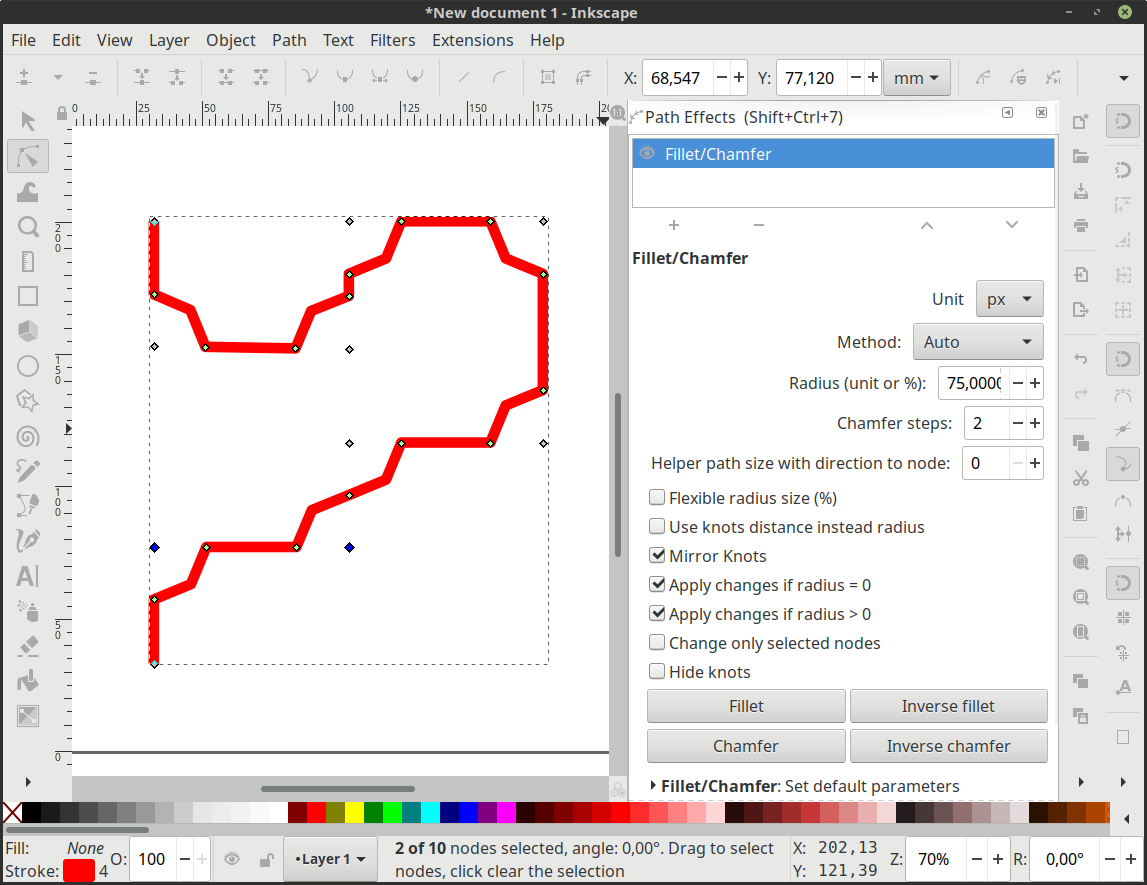Paths Taken - DEMO Mac OS
Paths Taken - DEMO Mac OS
While the newer VST3 format has a dedicated installation path all VST3 plug-ins must comply with, the VST2 standard does not know an obligatory folder. However, on Apple systems there is a defined plug-in folder within the system's folder structure since the first version of Mac OS X. Setting the Mac OS PATH. Next, you need to add this path to the '/etc/paths.d' directory on your system, which affects the system PATH variable. You can do this with the following one-line terminal command, which will ask you for your password (again.
- Nvidia’s Cuda has taken over the industry and driven much of this kind of work away from AMD products, even where good hardware and APIs are available from AMD and competitors. Nvidia continues to supply drivers for their video cards on Mac, as well as Cuda and OpenCL stacks, despite a lack of support and cooperation from Apple.
- MacOS Big Sur elevates the most advanced desktop operating system in the world to a new level of power and beauty. Experience Mac to the fullest with a refined new design. Enjoy the biggest Safari update ever. Discover new features for Maps and Messages. And get even more transparency around your privacy.
When you’ve got loads of files — hundreds or even thousands isn’t unusual after a couple of years using the same Mac — it can be difficult to get the correct file path. We attempt to solve this problem in this article for those tired of looking for files and file paths on a Mac.
After trying Spotlight Searches or browsing through files, you might be ready to give up. At times, not knowing the right name can cause software conflicts. But don't despair. There is always a way to locate a file path.
How to get a file path on a Mac?
To get a basic understanding of where your file is located, just right-click the file.
- Right-click the file.
- Click Get Info.
Look up what’s written under Where:

The selected area shows the enclosed folder of your document.
How to copy the file path
Copying any text from the previous window isn’t easy, obviously. But still, you need a complete file address that you can copy and paste anywhere. So you do one extra step:
- Click on Finder
- Click View in the upper bar
- Click Show Path Bar
Interestingly, the file path will immediately appear underneath the Finder window.
- Now, Control + Click the file you want the location for
- Hold the Option key
You will see the new command that has appeared in the context menu — Copy …. as Pathname
- Click on the selected command
You are now ready to paste. This information is pasted into the Clipboard. Make sure to complete pasting/moving it elsewhere, or this will be lost and you will need to find the folder again.
And that is how to get folder path in Mac. Nice and simple.
How to find the file path using Terminal
Also known as a folder path, or directory path, they aren't always easy to find. When every other method has failed, turn to Terminal as your solution.
- Go to Applications > Utilities.
- Launch Terminal.
- Make sure you are using it as a Super User (which means being logged in as an Admin), so type in
sudo su— then press Return. - Now you need to have something of an idea of what this file might be called, so once you do, type in the following (the name in the middle is where you’d put a file name):
find / -name randomfilename - Give it time to process the query, which could take several minutes.
- A list of names should appear, some or many of which you can ignore as they will be followed by file-end names, such as “operation not permitted”; so focus on the ones that make the most sense, such as:
/Library/Application Support/randomfilename/settings/ - Now copy and paste the full name and drop it into Finder or Spotlight Search.
Alternatively, you can drag and drop the file onto the Terminal window, and it will show the full path. Hopefully, this will bring you to the file you need.
A shortcut to see unlisted (grayed out) files
For those who love Apple, which for many is more than a tech company, it’s a representation of a lifestyle, a brand that has many fans, we’ve got a fun fact for you. Did you know there is a shortcut combination to see hidden files?
This shortcut should work for anyone running macOS Mojave, High Sierra, and Sierra, and anything beyond OS 10.12. Here is how you access the shortcut:
- From Finder, go anywhere where you suspect there are hidden files, such as the Macintosh HD root directory, or Home folder
- Next, press down the Command + Shift + Period keys, which should toggle to show hidden files in that folder.
- As you press the shortcut the keys are visible: when you switch it off, they disappear again.
Mac Os Simulator Demo
Any hidden files that have been made visible will have greyed out names and icons.
How to find other hidden files on Mac?
It isn't always easy to know where you’ve put every file on your Mac.
After a couple of years of constant use, a Mac can start to resemble a cluttered old-school file cabinet. Files in places that once make sense, but are now in the wrong place. Files and folders that should be in the right place, but have been put somewhere else. Files that seemingly don't exist, or are floating around elsewhere.
One solution to this is to download CleanMyMac X. It’s a handy and easy-to-use Mac performance improvement app. It comes with a few tools for finding unlisted, hidden, and large old files that have slipped through the cracks. Here is how you use it:
- Download CleanMyMac X (download a free edition here).
- Click on Space Lens.
Path On Mac
These blue bubbles represent all your documents in relation to their size. You can dive into each of these folders to reveal their contents — a more visual alternative to Finder.
You can also use the Large & Old files scanner (in the same app). Either or both features will highlight a few gigabytes worth of space you can free up, uncovering files that can easily slip through the cracks and become forgotten. By the way, CleanMyMac X is notarized by Apple, which means this app is malware-free and safe to use on your Mac.
For those with a lot of files, or Mac users badly in need of making more hard drive space, CleanMyMac X is an invaluable tool. We hope you found this article useful about how to locate and copy the file path details when searching for what you need.
The one thing that trips me up time and again when using the command line in Terminal or other terminal emulator is being able to navigate the directory structure and target files or folders. After struggling getting the correct file or folder path I’m usually greeted with No such file or directory reminding me that the command line doesn’t like spaces in file and folder paths.
With that in mind here are a few ways to enter file and folder paths on the command line.
I’m going to change the current directory to /Users/steve/Library/Application Support using the cd command.
The first method is to enclose the full path in single quotes…:
…or double quotes:
The second is to escape any space with a backslash . The backslash should be placed immediately before each space:
If the file or folder exists in the current user’s home folder we can use ~/ as shorthand to denote the user’s home folder:
Paths Taken - Demo Mac Os 13
If we want to use single or double quotes, the opening quote must come after the ~/ shorthand:

The one I tend to use most is to first type the command at the command line with a trailing space. Then locate the file or folder in the Finder and drag it to the open Terminal window:
Dragging an item from the Finder to a Terminal window
The full path is copied at the Terminal window’s current cursor position:
Terminal window showing the full path of the Finder item
Paths Taken - DEMO Mac OS
